How to program kick drum parts that sound like they've been played by a real drummer
Get your percussive bottom line sounding authentic
With today’s massively multisampled virtual instruments putting utterly convincing drum kits in the hands of every desktop musician, it's important to understand how the real acoustic thing works if you hope to pull off authentic ‘live’ grooves.
In this walkthrough, we'll reveal the considerations you need to bear in mind to that end with regard to the all-important kick drum. For more kick drum programming action, pick up the April 2019 edition of Computer Music.
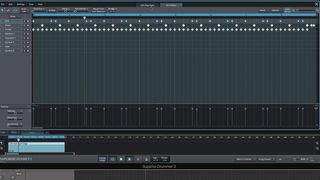
Step 1: Here’s a typical pop/rock drum track in Superior Drummer 3, incorporating kick and snare drums, and hi-hats. Note how sparse but effective the kick part is: there’s plenty of breathing space between it and the snare. In most styles of music, the kick drum should underpin the groove and bassline, rather than dominate them - simplicity is usually key.
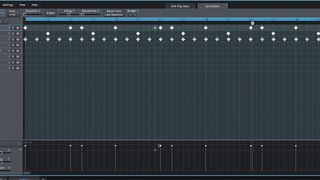
Step 2: While a drummer will generally boot out their main kick drum hits at full strength (ie, high or even maximum MIDI velocity), they’ll often lead into them with lower-strength ‘ghost note’-style hits, adding a driving feel to the beat. Emulate this with lower velocity notes - not too low, though; you will still need to hear them clearly.
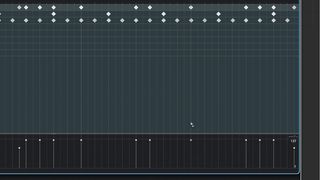
Step 3: Live drum parts tend to keep the kick and snare separate, as hitting them together constantly can make a groove come across as leaden and bloated. Sticking a kick under just the last snare hit in a phrase, however, can be a useful trick for emphasis. And, of course, the exception to this semi-rule is disco, in which four-to-the-floor kicks are definitive.
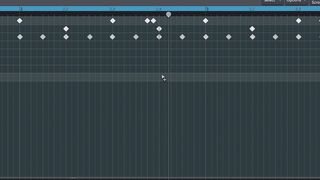
Step 4: While there’s no practical limit to the speed at which a drummer can strike the snare, thanks to the collective involvement of both hands, the kick drum is a different matter, and at high tempos, the average drummer will only be able to manage two hits in rapid succession. As a rule of thumb, if you can’t tap it out with your foot, don’t program it.
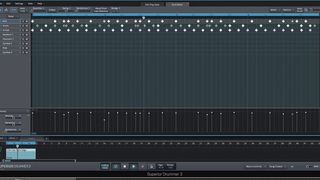
Step 5: Most of the time, the primary role of the kick drum in pop and rock is to nail beats 1 and 3 to the floor, but you should feel free to get as syncopated as your track - and, most pertinently, bassline - permits. Indeed, if your snare part is particularly busy and off-beat, you might need to syncopate the kick just to help it keep up.
Get the MusicRadar Newsletter
Want all the hottest music and gear news, reviews, deals, features and more, direct to your inbox? Sign up here.
Computer Music magazine is the world’s best selling publication dedicated solely to making great music with your Mac or PC computer. Each issue it brings its lucky readers the best in cutting-edge tutorials, need-to-know, expert software reviews and even all the tools you actually need to make great music today, courtesy of our legendary CM Plugin Suite.

"If I wasn't recording albums every month, multiple albums, and I wasn't playing on everyone's songs, I wouldn't need any of this”: Travis Barker reveals his production tricks and gear in a new studio tour

“My management and agent have always tried to cover my back on the road”: Neil Young just axed premium gig tickets following advice from The Cure’s Robert Smith











